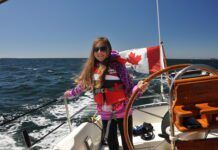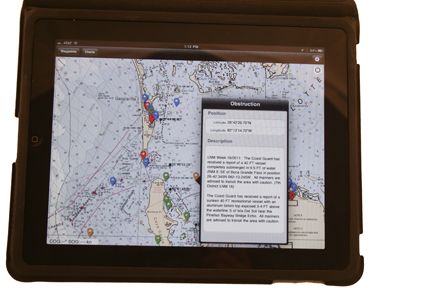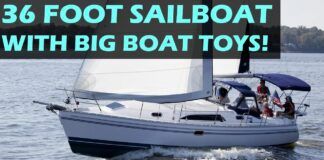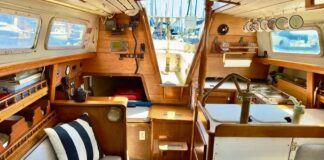Before a short cruise I took last week, I was pretty skeptical of the idea of user-generated, or crowd-sourced, navigation data. The idea that users could update charts with their own information for everyone to use seemed a bit scary. Its one thing to recommend a waterfront burger joint, quite another to guide someone through a nasty inlet.
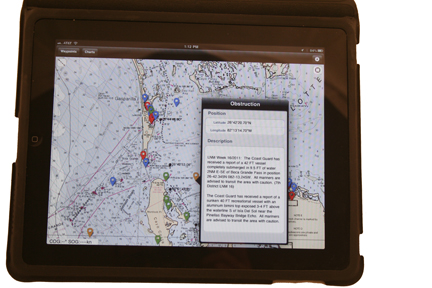
Active Captain, a service that contributor Joe Minick used during his evaluation of smart phone navigational tools, is one of the forerunners in this sphere, and the company has done a good job of building a data bank of useful navigational-and non-navigational-information for sailors. But the field is broad, and potentially lucrative. TeamSurv, a crowd-sourced charting project, now interfaces with Raymarine Seatalk, and Navionics Mobile features a layer of user-generated data to its charts. Meanwhile Google and NOAAs Google Ocean partnership and the Chart of the Future may yield some practical tool. I also noticed that Hawkeye II Airborne LIDAR (light detecting and ranging) surveys are now capable of determining the type of sea-bottom, adding another important piece to the bottom survey data puzzle. But I digress.
For my trip, I downloaded theESeaChart navigation app to our 3G iPad. This is the first iPad charting program to work with ActiveCaptain, a free marine data-sharing service that requires registration. It cost $8 and took only a few minutes to download the charts I needed for my area-which ranged from Tampa to Ft. Myers, Fla. This included detailed harbor charts. One thing I liked about the charts was that they were raster charts, nearly identical to the government versions that appeal to my analog brain. Redraw rates were a little slow, but at sailboat speeds, this isn’t a major issue.
The charter boat I was sailing also had an older C-Series Raymarine plotter with Gold Series Navionics charts. From what I could tell, the charts had not been updated in a while. Both systems had geo-referenced layers of information that you could access through the curser. Click an icon at a marina, for example, and more details such as the phone number for the fuel dock hours appeared.
In terms of interface, and the amount of up-to-date information, the eSea chart won the contest handsdown. It had updated information on recent wrecks and channels that had recently been re-routed that my chartplotter did not have. More obviously, it had much more information on shore facilities like marinas and restaurants, with several comments on marinas we were considering. I also found the screen easier to use-up to a point.
The iPad is bright and easy to read, but its touchscreen soon become smeared with oil from my hands, and the chartplotter was much easier to read from an angle or through polarized sunglasses. The ability to zoom in and out on the iPad with a two-finger swipe, however, helped compensate for this shortcoming. In terms of visibility in a marine environment, the iPad still falls short. Then there’s the worry of having a non-marinized pricey piece of equipment bouncing around the cockpit.
Given the government map-makers’ inability to keep up with the ever-changing nature of the sea bottom, it would seem to make sense to enlist the nations boaters as data collectors. Currently, however, I would regard this data with caution. Not everyone is cut out to be Magellan.
I wasnt too surprised to find that the best information for one notoriously shifty pass-Redfish Pass, just north of Captiva-didnt come from any of my charts, but from a commercial boat operator who ran in and out of the pass on a daily basis. Neither chart had it wrong, but the captain had details on a recently formed shoal that my charts didnt.
Sure, theres nothing wrong with adding another piece of data to the navigational puzzle, so long as you trust the source-and there’s the rub.
Bottom line: If youre reluctant to shell out $50 for feature-rich Navionics and are just looking for a basic digital chart for your iPad, the eSea navigator with ActiveCaptain enabled is a handy little tool.



















